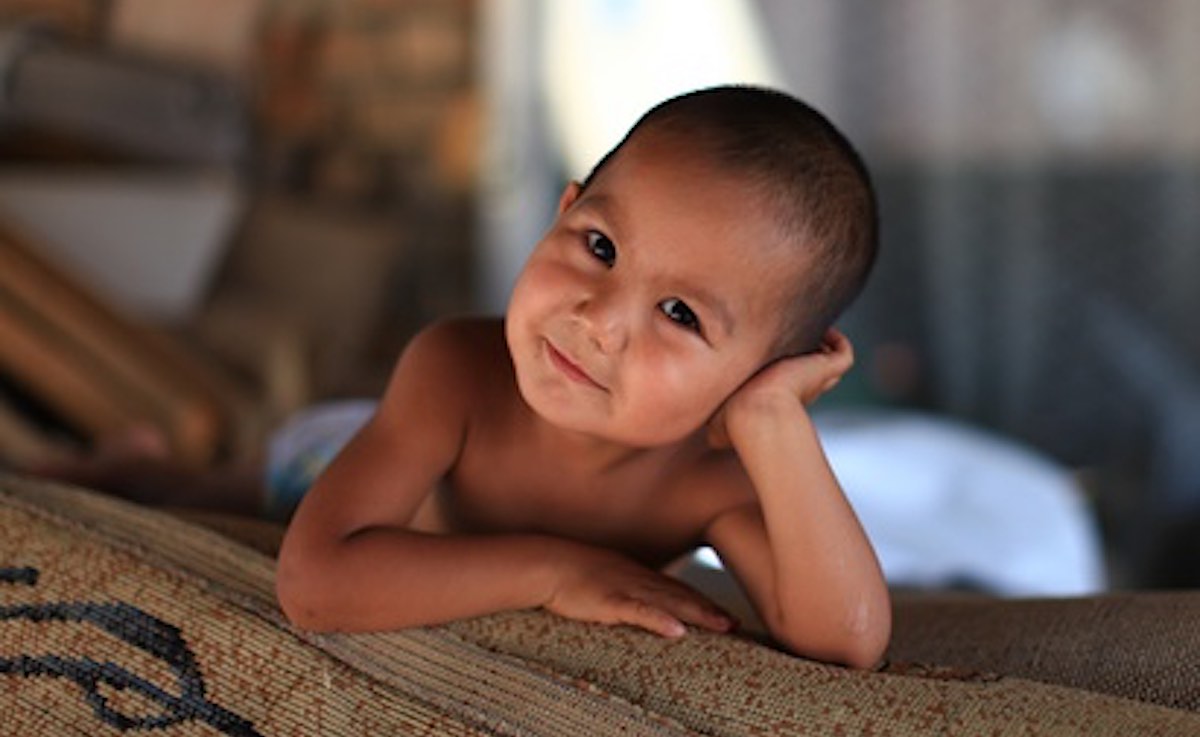
The past quarter century witnessed an unprecedented decline in child poverty rates in the United States.
Today roughly 1 in 10 children live in families whose economic resources are considered below the poverty line, a 59% drop over the last 26 years.
In 1993, the beginning year of this decline, the numbers were more than one in four children, and the magnitude of this decline in child poverty is unequaled in the history of poverty measurement in the United States.
What led to this remarkable decline in child poverty? A report from a research group called Child Trends took a detailed look.
Lower unemployment rates and higher single mothers’ labor force participation can account for some of these results, but economic factors can’t account for it all.
Family configurations played a role as well, including a decrease in the amount of children in immigrant families, lower rates of teen pregnancy, and increases in the rates of children living in two-parent households.
However the highest increases were because of two social safety net programs, the Earned-Income Tax Credit, and the Supplemental Nutrition Assistance Program.
Delightfully, the report concludes its summary that between 1993 to 2019, poverty rates declined at similar rates for nearly every subgroup of children examined.
This included children in immigrant families and those in non-immigrant families; for Asian/Hawaiian/Pacific Islander children, Black children, Hispanic children, and White children; and for children living in two-parent families and children living with no or one parent.
Child Trends’ report is a reminder that no matter how gloomy the mainstream media wants the world to seem, society keeps improving every day.
SHARE This Positive Trend With Your Friends…





















And things got even better in 2020-2021, falling to a record low of 5.2% in 2021. See graph at https://www.census.gov/library/stories/2022/09/record-drop-in-child-poverty.html